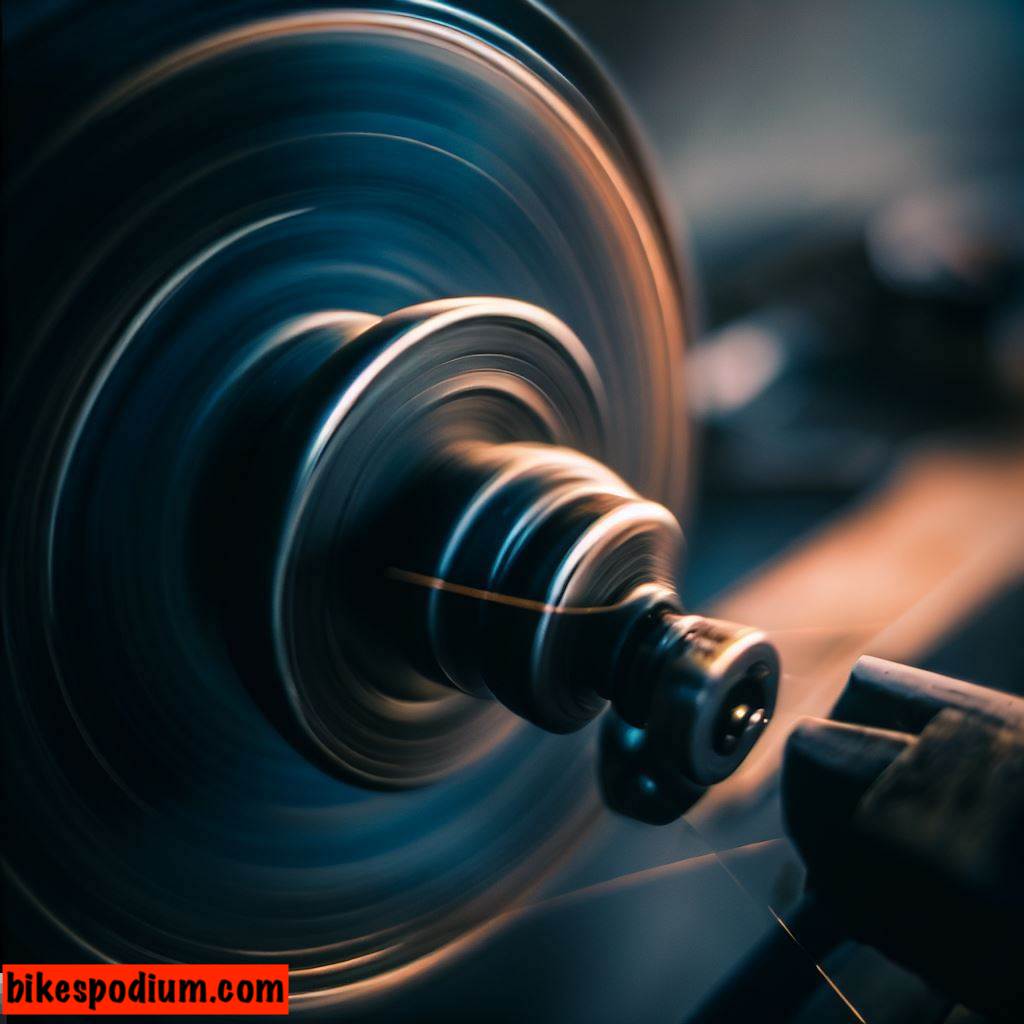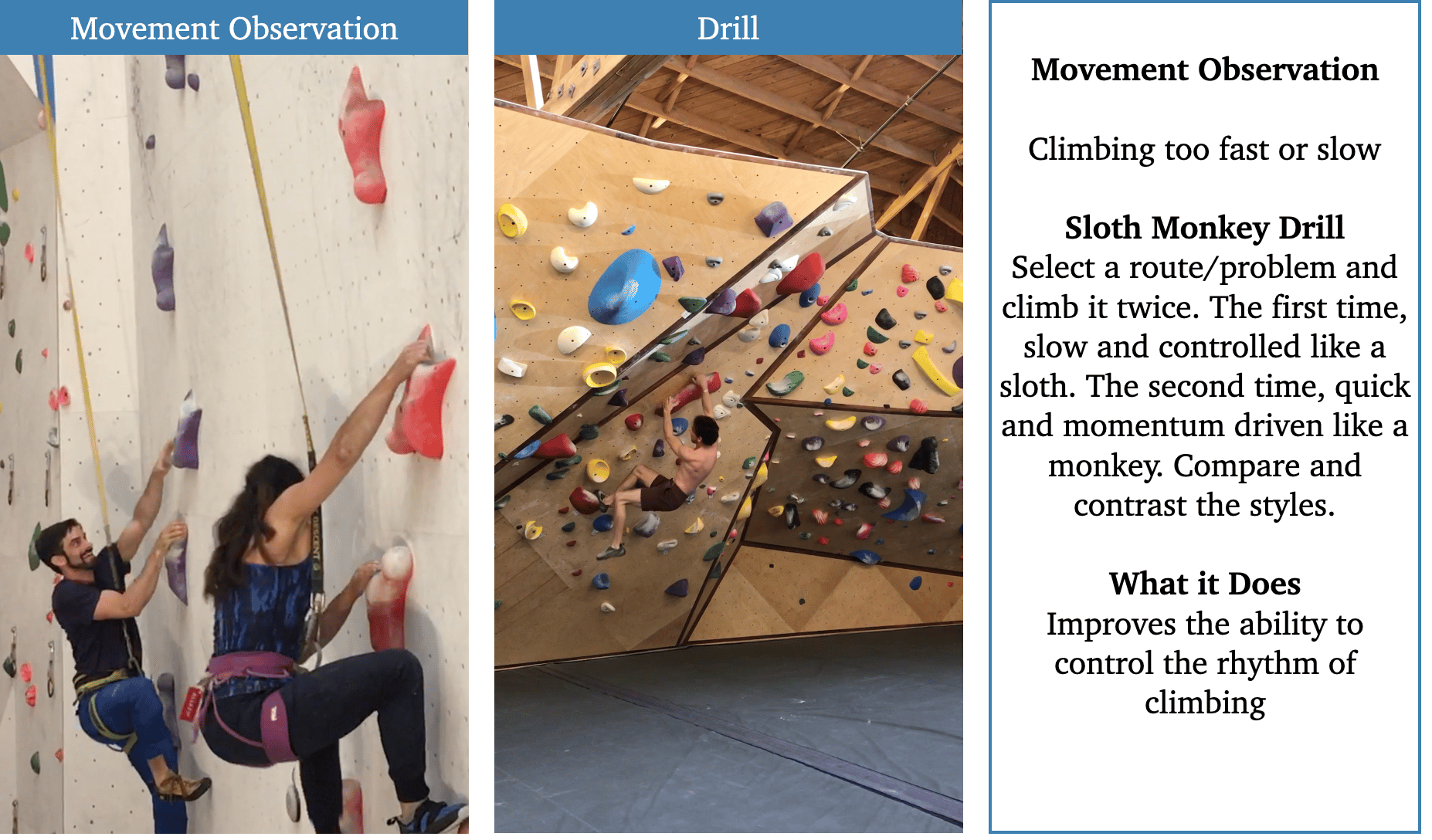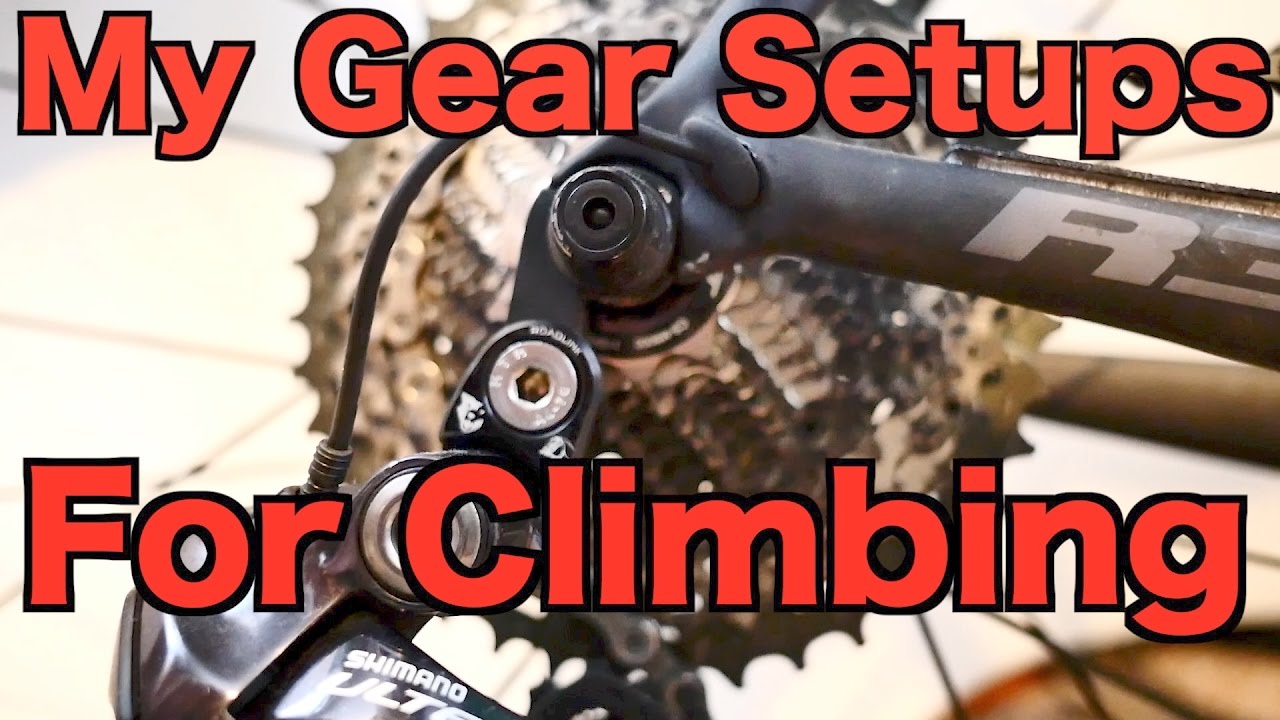🔥 Best MTB GEAR DEALS ON AMAZON

Cycling enthusiasts, listen up! If you want your bike to ride like a dream, mastering wheel truing is a must.
This comprehensive guide will take you through the entire process, step by step, so you can enjoy the smoothest and most efficient ride of your life.

Preliminary Information and Setup
Understanding Lateral and Radial Trueness
Before we dive in, let’s get our terms straight. Lateral trueness refers to side-to-side wobbles, while radial trueness deals with up-and-down imperfections. Understanding these terms is key to achieving a perfectly aligned wheel.
Assembling the Necessary Tools and Materials
Gather your gear. You’ll need a truing stand, spoke wrenches (in various sizes), grease, and a few other essentials. Having the right tools at hand is half the battle.
Securing the Wheel for Truing
Now, let’s set the stage. There are different ways to secure your wheel for truing, whether you’ve got a truing stand or just your trusty bike frame. We’ll show you how to get it done either way.
Read Also:
Can You Ride A Mountain Bike On The Street?
Can You Ride a Mountain Bike On Pavement: Pros & Cons
Lateral Truing
Identifying Lateral Deviations
No more guessing games. We’ll teach you how to spot those annoying side-to-side wobbles in your wheel. Once you know what to look for, you’re on your way to smoother rides.
Isolating the Deviation
You’ve found the wobble, but where’s it coming from? We’ve got methods to help you pinpoint the exact trouble spot, so you’re not making random adjustments.
Correcting Lateral Deviations
Time to roll up your sleeves. We’ll walk you through step by step, so you can confidently make those precise adjustments to banish lateral deviations for good.
Knowing When to Proceed
Don’t overdo it! We’ll share some pro tips to ensure you’ve achieved lateral trueness without going too far. You’ll know when to stop tweaking.
Stay tuned for the next sections where we’ll tackle radial truing, centering, spoke tension, and other crucial aspects of wheel truing. By the end of this guide, your bike will be thanking you for the TLC, and your rides will be smoother than ever.

Read Also:
Are All Pedals Size Universally Same & Compatible?
Radial Truing
Recognizing Radial Deviations
Let’s tackle those up-and-down imperfections in your wheel. We’ll break down what these deviations are and why they matter. Understanding the enemy is the first step in defeating it.
Isolating the Deviation
We’re detectives now. Learn techniques to uncover the high and low spots causing those pesky radial issues. Precision is the name of the game.
Correcting Radial Deviations
Time for the fix. We’ll provide you with detailed, foolproof steps to address those radial problems. No more bouncing around during your rides.
Determining When to Finish
Don’t fret, we’ll guide you on when to call it a day. Achieving radial trueness is important, but overdoing it can be just as bad. We’ll give you the guidelines to hit that sweet spot.
Read Also:
A Guide to Fix Falling Off Loose Bike Cranks
Choosing the Right Mountain Bike Chainring: Size, Types & Options
Centering and Dish
Achieving Wheel Centering
Here’s where we discuss why having a centered wheel is crucial. We’ll explain the importance, so you know why it’s not just about looking good; it’s about riding well.
Checking Dish
Is your rim playing nice with your bike’s frame? We’ll show you how to ensure the rim is centered within the frame. It’s all about balance and alignment.
Stick around for the next sections where we dive into spoke tension, special considerations like bladed spokes and internal nipples, de-stressing the wheel, and dealing with wheel damage. Soon, you’ll be a wheel truing pro, and your bike will thank you for it.
Spoke Tension
Understanding Spoke Tension
Here, we’re getting into the nitty-gritty of why balanced spoke tension is a big deal. We’ll break down the science behind it and why it’s crucial for a smooth and efficient ride.
Adjusting Spoke Tension
Time to roll up your sleeves again. We’ve got techniques for you to achieve that perfect, even spoke tension. Say goodbye to those annoying loose or overly tight spokes.
Using a Spoke Tension Meter (Optional)
Is precision your game? We’ll explain how a spoke tension meter can be your secret weapon. It’s not mandatory, but it can take your truing skills to the next level. We’ll demystify its role, so you can decide if it’s right for you.
Stay tuned for the upcoming sections where we cover other important considerations like tire removal, the role of lubrication, handling unique components like bladed spokes and internal nipples, de-stressing the wheel, and addressing wheel damage. Your bike is about to reach peak performance.
Other Considerations
Tire Removal
Let’s talk tires. We’ll show you when and how to remove the tire for effective truing. It’s a key step to ensure you’re working on the wheel, not the rubber.
Lubrication
Lubrication isn’t just for your bike chain. Discover the important role of lubricants in the truing process. It’s all about reducing friction and making your adjustments smoother.
Dealing with Bladed Spokes and Internal Nipples
Sometimes, your wheels have unique components like bladed spokes and internal nipples. We’ve got you covered with special considerations for handling these. It’s like a masterclass in wheel truing for advanced riders.
Stick around for the final sections where we discuss de-stressing the wheel, limitations, and dealing with wheel damage. Soon, you’ll be a wheel truing expert, ready to tackle any issues your bike throws at you.
Ensuring the Wheel is Stable
A stable wheel is a happy wheel. We’ll guide you on how to make sure your wheel is in its best, most relaxed state. After all, a relaxed wheel makes for smoother rides.
Stay with us for the last section, where we’ll dive into limitations and dealing with wheel damage. Your newfound wheel truing skills are about to shine.
Limitations and Wheel Damage
Rim Damage
When things go awry with your wheel, you need to know how to handle it. In this section, we’ll discuss how to address and assess damage to the wheel’s rim. Whether it’s a dent or a ding, we’ve got strategies to help you decide if it’s fixable or if it’s time for a replacement.
Corroded Nipples
Time and the elements can wreak havoc on your spokes. Learn how to deal with rusted or corroded spoke nipples. We’ll share techniques to bring these critical components back to life.
Spoke Damage
Even the strongest spokes can take a beating. In this section, we’ll provide strategies for handling damaged spokes. It’s all about knowing when to repair and when to replace to keep your wheel rolling smoothly.
Conclusion
Recap of the Wheel Truing Process
Let’s look back at our journey. We’ll summarize the entire wheel truing process, ensuring you’ve got a clear picture of each step. Remember, practice makes perfect.
We’re wrapping up with some motivation. Wheel truing is a skill that gets better with time. Keep practicing, and you’ll soon be a pro. And, if you ever feel stuck, don’t hesitate to seek professional help. Your bike and your rides will thank you for it. Happy cycling!



